Center For Public Health
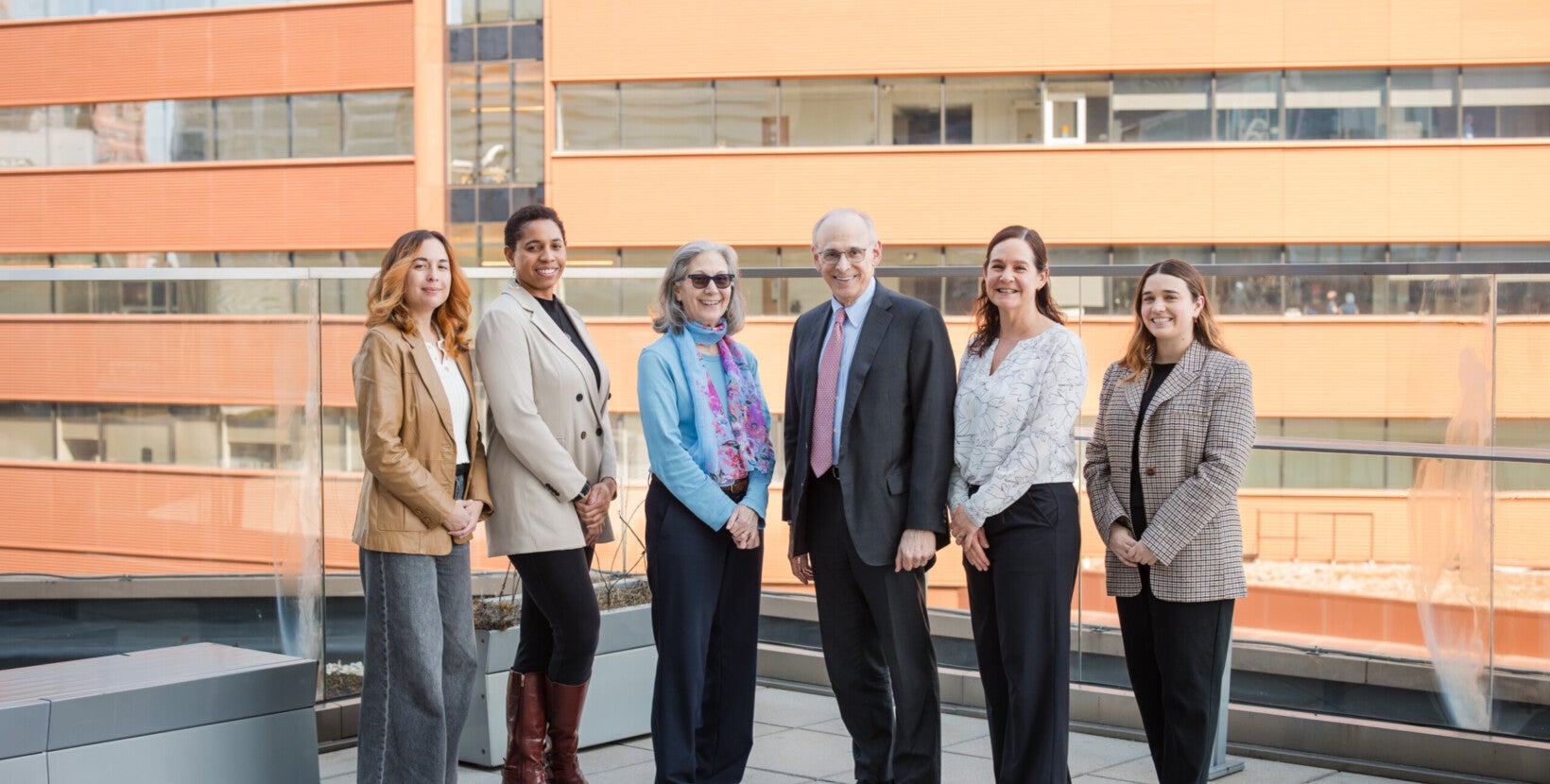
Our Vision
A future where health and well-being are realized—advancing equity, fostering community resilience, and ensuring that all people have the opportunity to thrive.
Our Mission
We bring together communities, scholars, and leaders to advance public health through collaboration, innovation, and equity.
Our work is grounded in four core pillars:
Research: Collaborating with community members and scholars to advance innovative approaches and solutions.
Education: Educating future and current public health leaders and community-based organizations on critical public health topics.
Community Partnerships: Building and sustaining strong, trusted relationships with communities to collectively address pressing health challenges and put research into action.
Policy and Practice: Advocating for effective policies and implementing practices that promote equitable health solutions for all.
Our Current Work
Public Health Impact Hub
We are excited to announce the launch of the Public Health Impact Hub!
The Impact Hub provides high-impact, accessible learning opportunities for government agencies, nonprofits, and community-based organizations, tailored to meet the unique needs of public health professionals.
Read the press release hereSeminar Series
On October 17th, Penn CPH hosted a Healthy Housing Symposium that convened community leaders, policymakers, researchers, and advocates to examine how housing quality, stability, and affordability shape health outcomes across Philadelphia.
The symposium featured a keynote talk from Sister Mary Scullion of Project HOME.
Read more herePublic Health Pipeline Plus
The Public Health Pipeline Plus program is a longitudinal summer internship for high school students, facilitated by the Center for Public Health and the Netter Center for Community Partnerships. This program allows Philadelphia high school students interested in health related careers to expand their knowledge in Public Health through classroom learning and fieldwork activities.
More Info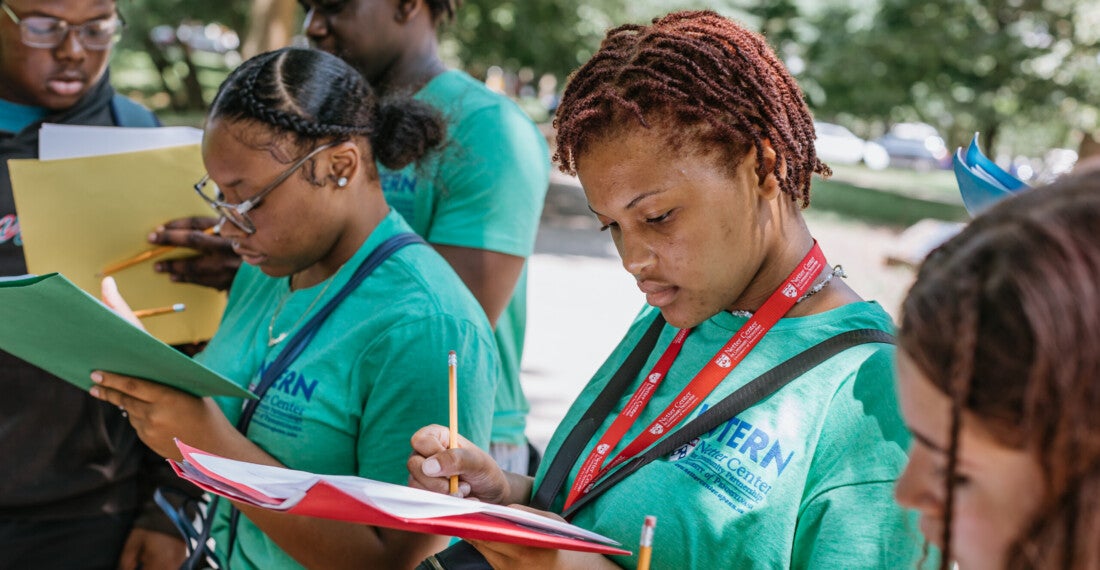
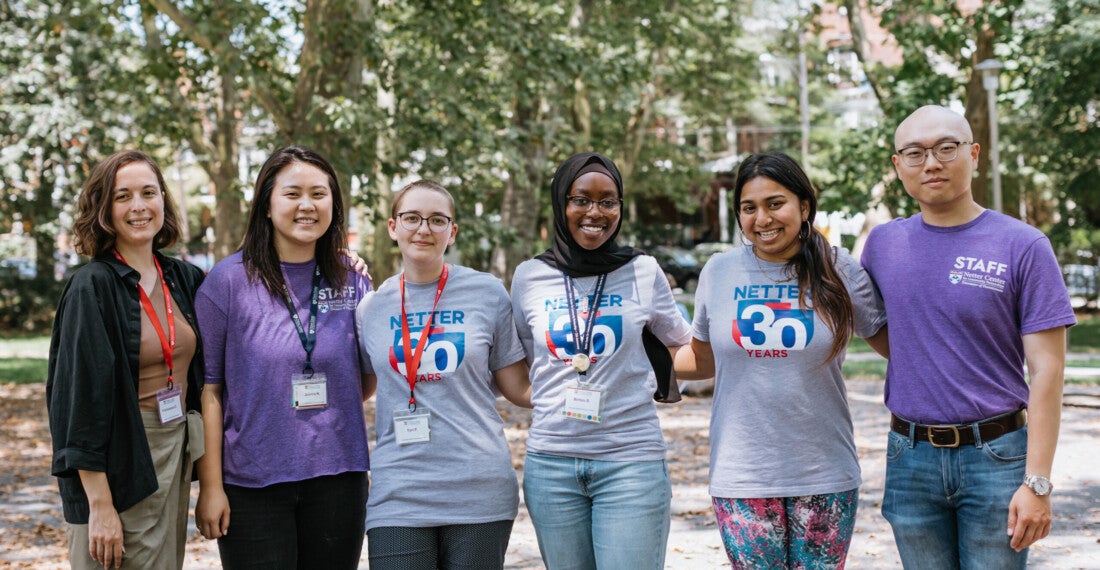


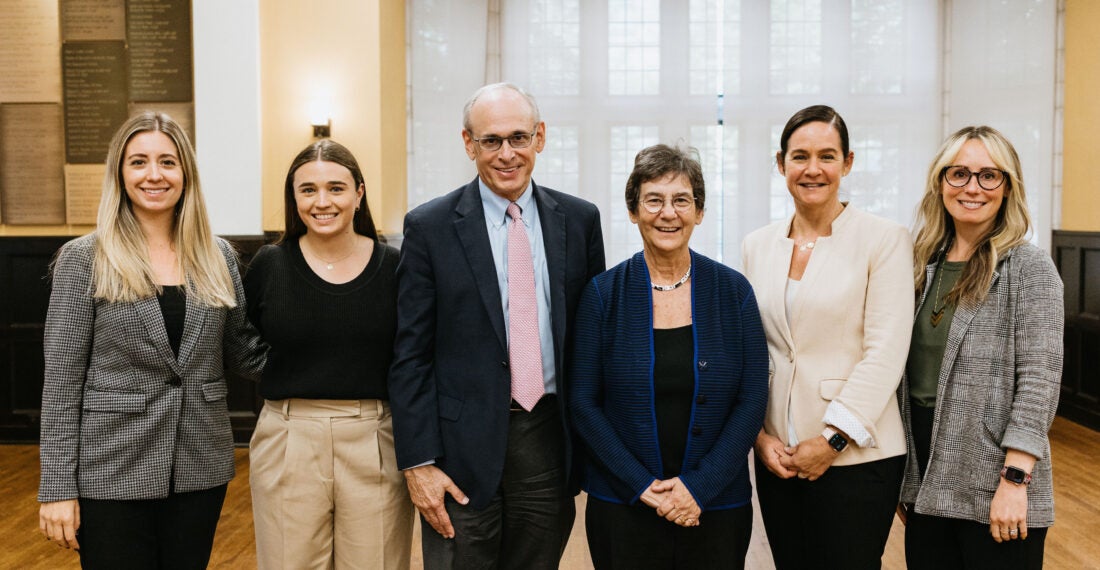
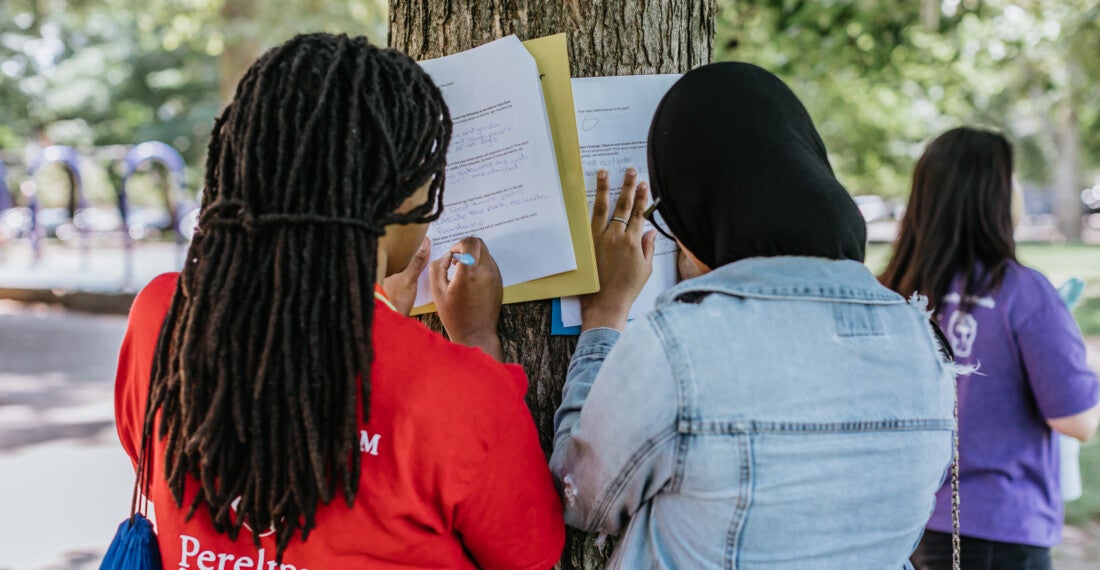

Seminar Series 2025
During Penn Medicine’s Health Equity Week, the Penn Center for Public Health hosted Ayesha Jaco the Executive Director of West Side United.
She delivered an inspiring and thought-provoking talk on translating community-driven health equity strategies to Philadelphia. Drawing from her leadership experience in Chicago, Jaco detailed the West Side United model, a groundbreaking initiative that brings together hospitals, community organizations, and residents to dismantle racial health inequities.
She emphasized how the model centers community voice, invests in neighborhood-led development, and leverages institutional power to address upstream drivers of health—such as housing, education, employment, and economic opportunity.
